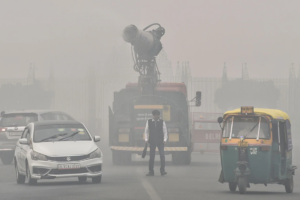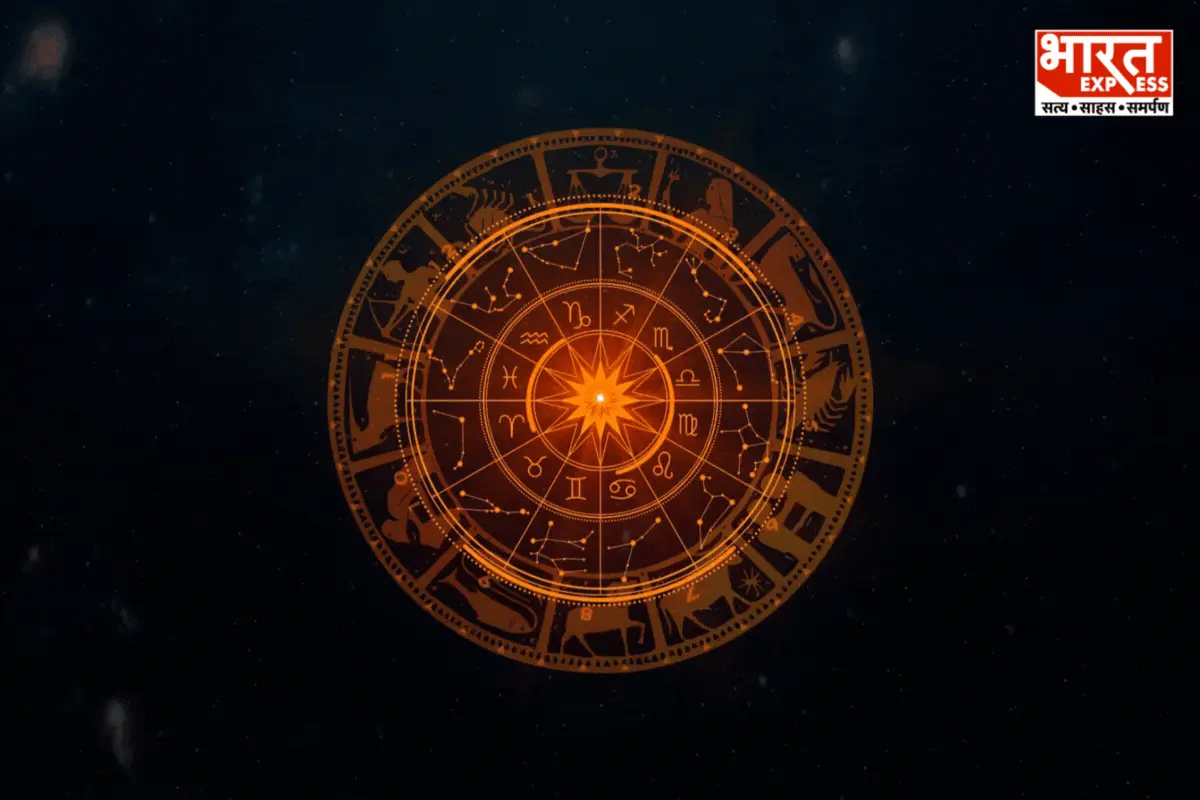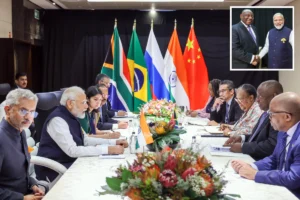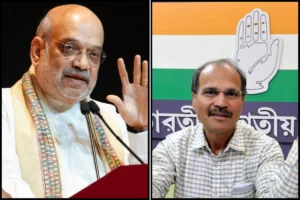
The old adage “you can’t teach an old dog new tricks” aptly describes the red dragon in our vicinity. China’s well-known tactics of salami slicing its neighbors’ territories, including India’s, persist. This time, however, it has released a propaganda map to officially claim Indian territories. The contentious map depicts Arunachal Pradesh and Aksai Chin as part of China. India isn’t the only country affronted by this map; the Philippines and Malaysia have also vehemently objected to the inclusion of their regions.
China’s audacity is evident in its portrayal of the South China Sea issue as merely a routine effort to inform its citizens about its established stance. It advises dissenting countries to view the matter rationally. India has appropriately dismissed these claims as unfounded, seeing them as a calculated plot. Foreign Minister S. Jaishankar accurately pointed out that it is China’s recurring tactic to depict territories of other countries as its own on maps. In April of this year, China unilaterally renamed 11 locations in Arunachal Pradesh, publishing a list of names in Chinese, Tibetan, and Pinyin, which encompassed plains, residential areas, rivers, and mountain peaks. Furthermore, China renamed 15 places in 2021 and six in 2017. India, on every occasion, has firmly rebuffed China’s assertions.
Just a few days ago, during the BRICS summit, Chinese President Xi Jinping seemed to be in agreement with Prime Minister Narendra Modi on accelerating efforts to ease border tensions. After 19 rounds of talks to resolve the border dispute, it appeared China had finally acknowledged the situation and was moving in the right direction, even if belatedly. However, the recent controversy reveals that China’s reputation for duplicity remains intact.
Since his ascent to power in 2012, Xi Jinping has been fixated on establishing China as a global superpower. This ambition has driven an assertive foreign policy that has reverberated throughout Asia. This approach is deeply rooted in China’s Art of War or military strategy. Drawing inspiration from the principles of ancient Chinese military strategist Sun Tzu, China’s tactics are designed to encircle and exert pressure on adversaries, compelling them to capitulate or fracture without engaging in direct combat.
India has ample cause for concern regarding China’s tactics. On the same day that China’s so-called ‘standard’ map grabbed headlines, satellite imagery indicated that China had made considerable advancements in building bunkers and underground installations in Aksai Chin, merely 70 kilometers from the LAC. The images depict China constructing bunkers in at least three locations and developing underground structures akin to tunnels in three other spots over the past 20 months, since December 2021. All these construction endeavors are concentrated within an area of roughly 15 square kilometers. Additionally, reports a few months earlier highlighted China’s expansion of its airbase in the vicinity, adding new runways and shelters to safeguard its fighter jets.
Concurrently, China is swiftly advancing its border discussions with Bhutan, aiming to compel Bhutan into officially ceding Doklam to China. Doklam, traditionally a part of Bhutan, holds strategic significance for both China and India. Should China secure Doklam, India’s 22-kilometer ‘Siliguri Corridor’, colloquially known as the ‘Chicken Neck’ due to its narrow, strip-like shape, would be squarely within China’s striking range. This corridor links the entire Northeast to the main body of India. If the Northeast were to be isolated, China could readily seize Arunachal Pradesh, which it has been unjustly staking claim to as an extension of South Tibet.
Why is China persistently aggressive regarding Arunachal Pradesh? Could it be that China perceives India as gaining dominance over it on global platforms? Does it suspect India of playing a pivotal role in efforts undermining China? Or is China apprehensive about potentially lagging behind India economically in the near future?
Economically, China faces its most significant challenge from India within Asia. For the second year in a row, India’s economic growth outpaces China’s. Projections indicate a 7% growth for India this fiscal year, while China’s growth is pegged at just 3%. Global rating agency Moody’s has maintained India’s ‘Baa3’ rating and labeled China’s economic performance as the poorest since the outbreak of COVID-19. Investors seem to be gravitating away from China, as India surges ahead, boasting a 3 trillion-dollar economy. The manufacturing sector, often dubbed the global “growth engine” due to China, witnessed a downturn for the fifth straight month in August. This suggests that the issues plaguing the world’s second-largest economy persist. Diminished global demand and reduced domestic consumer spending have put China’s factories in a bind for months. Consequently, China adjusted its official GDP growth forecast to a mere 5% in March, further highlighting its waning economic momentum.
Despite various initiatives, China struggles to resuscitate its flagging industries, notably its extensive and debt-saddled real estate sector. The real estate sector contributes to roughly 30% of China’s total production. The collapse of over 50 Chinese real estate companies since 2021 has considerably undermined global confidence in China.
Conversely, India’s stature is being elevated due to its expanding presence in the global supply chain, favorable economic shifts, and amicable ties with nations worldwide. In contrast, China’s aggressive territorial policies, strategy of ensnaring underprivileged nations in debt, and hostile relations with several countries have diminished its global standing.
Yet, China appears unyielding, unwilling to learn from its past missteps. Owing to its hubris and the long-standing machinations against various nations, it remains steadfast in its refusal to acknowledge the misrepresentation of Arunachal Pradesh and Aksai Chin on its map.
























